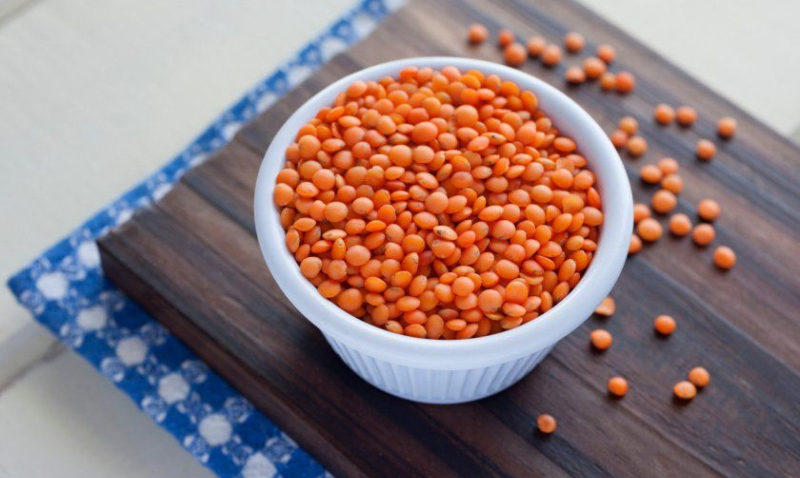
Experts told us what lentils are good for
0
Lentils are a close relative of chickpeas and green peas. Like other legumes, they contain a large portion of plant protein, which is especially important for people who follow a vegan or vegetarian diet. A lack of protein in the diet can lead to a weakened immune system, reduced muscle mass, and impaired health of the skin, bones, connective tissues, and brain. Despite the high protein content in lentils, it is worth remembering that protein in plant foods is incomplete, which means that to get all the essential amino acids, it is worth combining several plant sources of protein in the diet.
In addition, lentils contain a lot of fiber – a complex carbohydrate, which is similar to other carbohydrates (which we are used to avoiding) only in chemical structure. Dietary fiber is not digested in the stomach and small intestine and plays an important role in maintaining the gastrointestinal tract and weight control. Passing through the entire gastrointestinal tract, swollen insoluble fiber removes undigested food residues from the walls, absorbs toxins and removes all this from the body, stimulating peristalsis. Clean, freed from food mass, villi covering the walls of the small intestine do a better job of breaking down foods and absorbing nutrients. By freeing the intestines from food residues and toxic substances, fiber cleanses the entire body. If it is consumed in insufficient quantities, residual food masses will wander through the intestines.
Another reason to add lentils to your diet is their high antioxidant value. These legumes are rich in polyphenols, powerful plant compounds that slow down oxidative processes in the body, preventing the development of inflammation and reducing the risk of developing chronic diseases. Free radicals, which antioxidants fight, are recognized as one of the main causes of premature aging. That is why lentils are a great helper in preserving the youth of not only the skin, but also the entire body.
Lentils come in different varieties, they differ in color and slightly in taste. In terms of nutrient content, all types of lentils are approximately the same, but green lentils have more protein and calcium, and they retain their shell, which is rich in fiber, better than red lentils. Red lentils are the record holder for iron and potassium. These substances are necessary for proper protein metabolism, as well as for controlling the level of hemoglobin in the blood. But black lentils can provide you with a large portion of vitamin E and zinc – the tandem of these two substances has a beneficial effect on the functioning of the endocrine, reproductive and nervous systems.









Leave a Reply